+44 (0)1634 791600
info@crystal-display.com
Newsletter Sign Up!
+44 (0)1634 791600
info@crystal-display.com




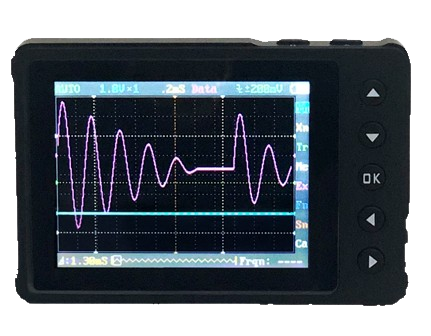
CDS offers a comprehensive range of Instrumentation LCD TFT Displays, LCD panels, and small screens designed specifically for Instrumentation applications. Our dedication is focused on providing top-tier, industrial-grade products throughout our entire selection. We guarantee that our LCD panels and displays not only meet but surpass the performance and reliability expectations of our valued customers. Our extensive product lineup includes Instrumentation TFTs, Instrumentation OLEDs, and Instrumentation LCDs, ensuring a complete suite of solutions for diverse instrumentation applications. Whether you require high-definition displays for critical data visualization or rugged screens for demanding environments, CDS has the ideal solution to meet your needs. We are committed to delivering cutting-edge technology and exceptional quality to support the success of your instrumentation projects.
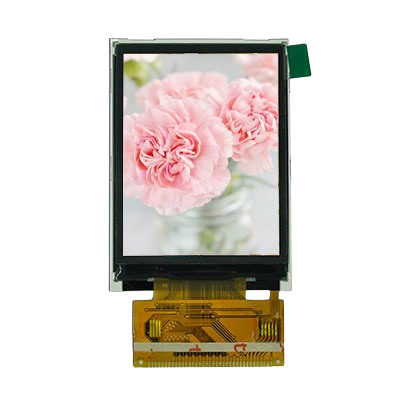
An LCD TFT (Liquid Crystal Display Thin-Film Transistor) display is a flat-panel technology used in various devices like monitors and smartphones. It works by using liquid crystals controlled by thin-film transistors to modulate light and create images. LCD TFT displays offer high resolution, vivid colours, fast response times, wide viewing angles, and can be energy-efficient. They are widely used in instrumentation applications for their reliability and ability to deliver sharp visuals with precise control.
High Resolution: Instrumentation displays often have high-resolution screens to provide clear and detailed visuals of data, graphs, and readings.
Optimal Size and Form Factor: They are designed with appropriate sizes and form factors to fit into specific instruments or control panels without occupying excessive space.
Enhanced Visibility: Instrumentation displays prioritize visibility under various lighting conditions, ensuring readability in bright or low-light environments.
Wide Operating Temperature Range: These displays can operate reliably across a range of temperatures, making them suitable for industrial and outdoor applications.
Durability and Reliability: They are built to withstand harsh environments, including resistance to dust, moisture, vibrations, and mechanical stress.
Customizable Interfaces: Instrumentation displays may offer customizable interfaces to support different input/output options and connectivity protocols.
Longevity and Lifecycle Support: They are designed for long-term use with extended product lifecycles, ensuring continuity and availability for industrial applications.
Data Visualization Tools: Some instrumentation displays include advanced data visualization tools such as graphs, charts, and histograms for better analysis and interpretation of data.
Integration with Control Systems: Many instrumentation displays can integrate with control systems and software for real-time monitoring, control, and automation.
Compliance and Certification: Displays used in critical instrumentation often meet industry standards and certifications for safety, electromagnetic compatibility (EMC), and environmental requirements.
LCD displays come in a range of sizes suitable for different instrumentation needs. Displays can be small for handheld devices or large for industrial control panels. We have the ability to customise our displays for instrumentation, TFTs for instrumentation, OLEDs for instrumentation, LCD screens, and touchscreens for instrumentation to ensure the display is fully suitable for your instrumentation application.
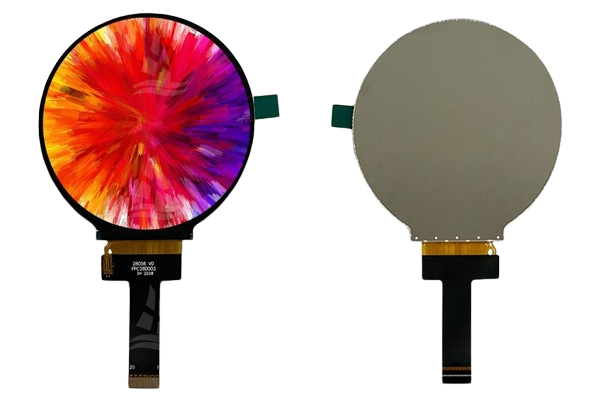
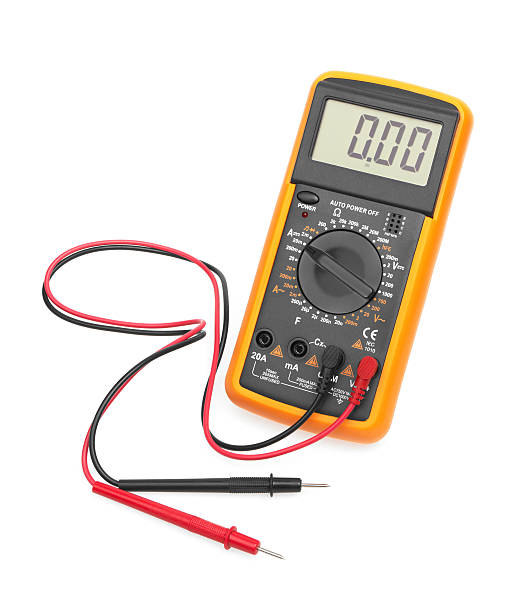
Instrumentation displays play a pivotal role in various industrial settings, offering a diverse range of features to meet specific requirements. These displays come in different types, including digital, analogue, and graphical, each serving a unique purpose. Digital displays, such as numeric and alphanumeric variants, provide clear numerical representation, while analogue displays, featuring needle gauges and dial displays, offer a visual and intuitive interface.
CDS LCD displays for instrumentation applications offer high contrast ratios, ensuring clear visibility of data even in varying lighting conditions. This feature is crucial for readability in environments where ambient light levels may change.
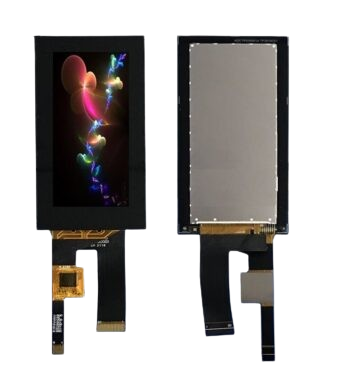
Industrial Automation: In manufacturing and industrial settings, instrumentation displays are used for monitoring and controlling processes, displaying real-time data such as production rates, temperatures, pressures, and equipment status.
Laboratory and Scientific Instruments: In laboratories and research facilities, instrumentation displays are employed in analytical instruments, testing equipment, and scientific devices to visualize experimental data, measurements, and results.
Medical Devices: Instrumentation displays are integral to medical devices such as patient monitors, diagnostic equipment, imaging systems (like ultrasound and MRI), and surgical instruments for displaying vital signs, images, and diagnostic information.
Automotive Instrument Clusters: Modern vehicles use instrumentation displays for digital dashboards and instrument clusters, providing drivers with information on speed, fuel levels, navigation, and vehicle diagnostics.
Aviation and Aerospace: In aircraft and spacecraft, instrumentation displays serve critical roles in cockpit instruments, flight management systems, navigation displays, and avionics for pilots and crew members.
Energy and Utilities: Instrumentation displays are used in power plants, utilities, and energy distribution systems to monitor and control energy production, transmission, and distribution processes.
Environmental Monitoring: Displays are utilized in environmental monitoring systems to visualize data from sensors measuring parameters like air quality, water quality, weather conditions, and pollution levels.
Process Control and Monitoring: In various industries such as oil and gas, chemical processing, and water treatment, instrumentation displays are used to monitor and control complex processes ensuring efficiency and safety.
Rail and Transportation: Instrumentation displays are used in rail systems, buses, and transportation infrastructure for monitoring train and vehicle status, passenger information, and scheduling data.
Security and Surveillance: Displays are employed in security systems for monitoring CCTV cameras, access control systems, and alarm systems to provide real-time surveillance data.
